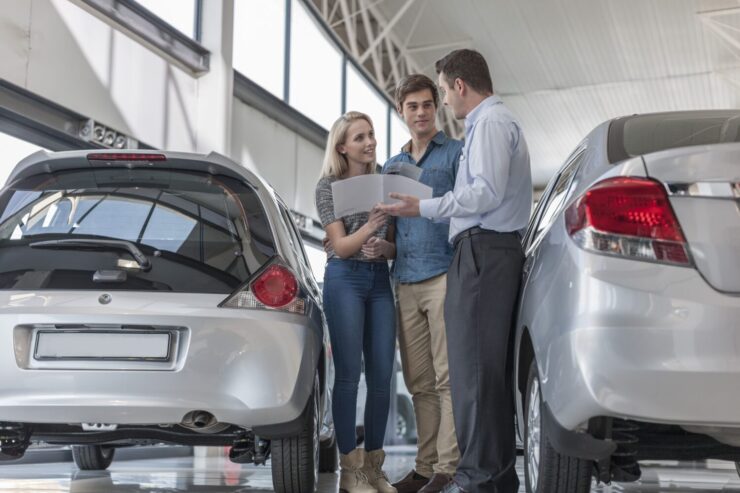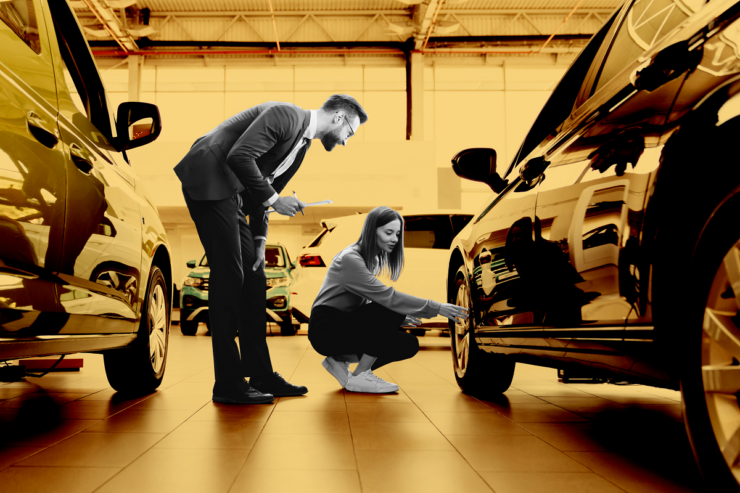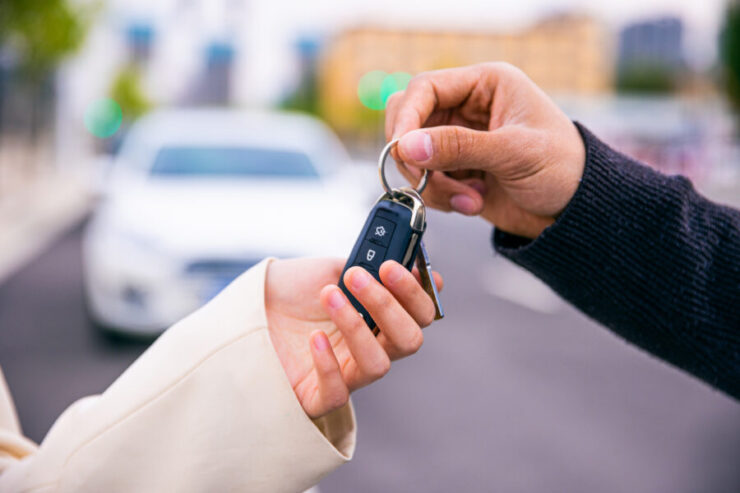From expanding needs to improved safety attributes, enhanced fuel efficiency, or the desire for a modern entertainment system – many factors can justify the wish to upgrade your long-serving vehicle. However, numerous vehicle owners spend an excessive amount of money on new cars, overlooking the potential value their current vehicle may have.
Trading in your used vehicle is a viable method among the wide range of options to acquire a new car. You hand over your old car to a dealer who then reduces the purchase price of the new car based on your old car’s value. This method doesn’t only simplify selling the old car but also grants substantial financial advantage for your new vehicle acquisition. Understanding your existing vehicle’s worth, preparing it for trade-in, comprehension and moving through the trade-in process, and securing the optimum deal begins here.
Understanding the Trade-in Process

Trading-in your used vehicle can sound daunting, especially if you have never gone through the process. However, this need not be a turbulent ride if you understand the mechanism underpinning the process. Essentially, a trade-in involves giving up your old car to a used car dealership or a new car dealership, which then discounts the price of the new car you are interested in purchasing by the amount it values your trade-in. The process requires an honest and fair assessment of your used car’s condition, which impacts the final trade-in value.
Understanding and participating in the trade-in process requires a broad perspective. To the uninitiated, it may initially seem more advantageous to sell your used vehicle privately. However, trading in a used vehicle to a dealer holds several distinct advantages that warrant close consideration: convenience, speed, and potential tax advantages in some states. It’s certainly beneficial to remove the onus of independent selling, expediting your transition to your new vehicle. Given these merits, trading-in your used car proves to be an essential path to upgrading your ride.
Preparing Your Car for Trade-In

Before embarking on the trading-in process, preparation is paramount for your vehicle. Cleaning and general maintenance play a significant role. It’s akin to staging a home for sale – potential buyers are more likely to pay top dollar for a car that looks polished and cared for. Both the exterior and interior of the car should be cleaned thoroughly. Minor enhancements such as a fresh wax or fixing a broken taillight could make your vehicle more appealing. Remember: the better condition your car is in, the more you’re likely to get for it.
However, preparing your car for a trade-in is not just about appearances. Getting your car serviced and addressing any known mechanical issues can effectively increase the trade-in value. Dealers pay close attention to the mechanical condition of your car. They will scrutinize the engine, brakes, and overall ride quality. Alongside, ensure all documentation – such as service records, car manual, and inspection reports – is in order as it can demonstrate a well-maintained car, thereby increasing potential buyers’ confidence.
Determining Your Car’s Value

Knowing the approximate value of your car is an integral step before you head to the dealership. The term “fair market value” refers to the estimated price a willing buyer would pay to a willing seller, both having reasonable knowledge of the car’s condition. This forms an essential concept, which tells you what your car is worth in the current market.
To better determine this value, there are numerous online and offline tools available at your disposal. These tools consider various factors such as make, model, mileage, condition, and more when estimating your car’s value. Besides, visiting multiple dealerships for quotes will give you a broader perspective about your car’s worth. Armed with this knowledge, you are then well-positioned to negotiate a fair trade-in value for your car.
How Does Trading in Affect Your New Car Purchase

A significant factor to consider during this process is how the trade-in value ultimately affects your new car purchase. It’s much more than just a straightforward subtraction excursion. In many ways, your old car helps set the budget for your new purchase. While you may have a specific sticking price in mind, the offer for your old car can often help expand or limit your choices.
The trade-in value of your old car can directly reduce the amount of your new car loan, ultimately leading to lower monthly payments. For instance, if the new vehicle you’re eyeing is priced at $20,000 and you receive a trade-in offer of $8,000 for your old car, you’d only need to finance $12,000. This also makes it easier for you to get approved for financing, especially if you have less-than-perfect credit. The main point is to consider all aspects when trading in from your car’s value to the financed amount. As always, make sure to shop around to get the best auto finance rates and terms.
Trading your used car provides an often underrated method of facilitating your upgrade to a newer vehicle. Not only does it provide potential financial benefits, but it also saves you the stress of selling your car independently. By understanding your car’s value, preparing it effectively, negotiating strategically, and capitalizing on its value towards your new purchase, you ensure that you squeeze every last drop of value from your faithful automotive companion. As this guide demonstrates, upgrading your ride doesn’t have to be a stressful headache, but can be a satisfying and empowering experience.
